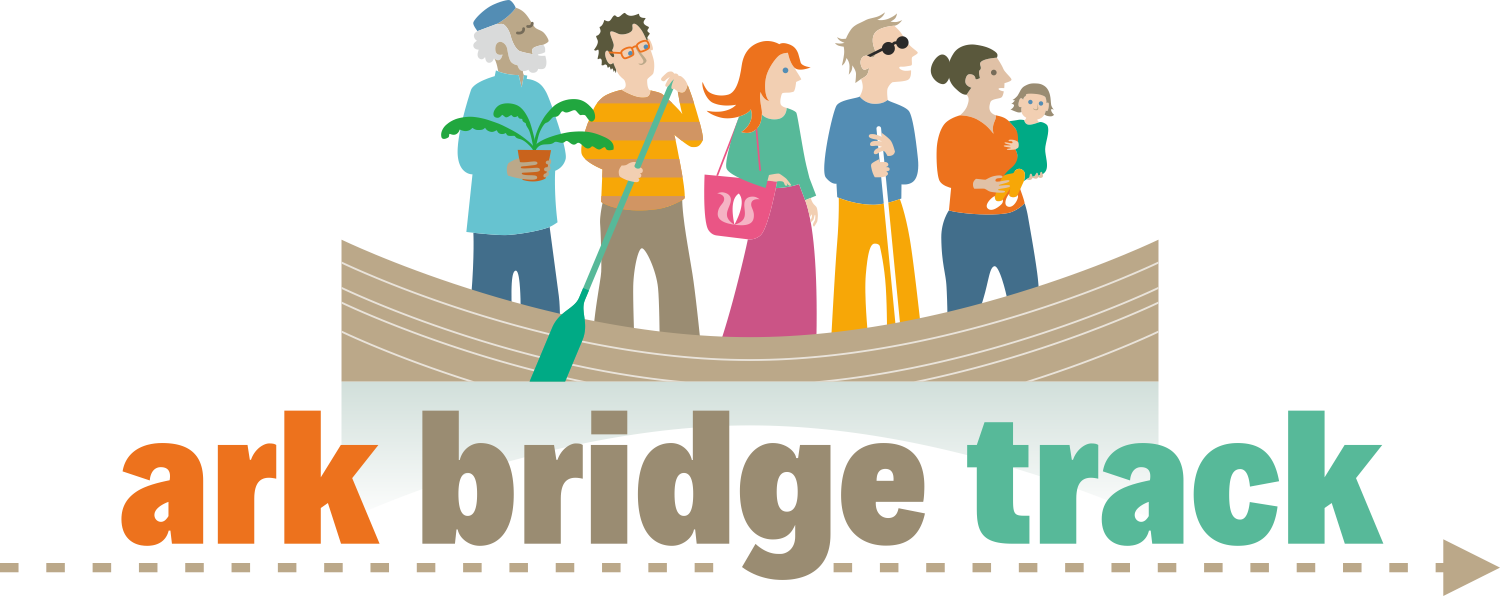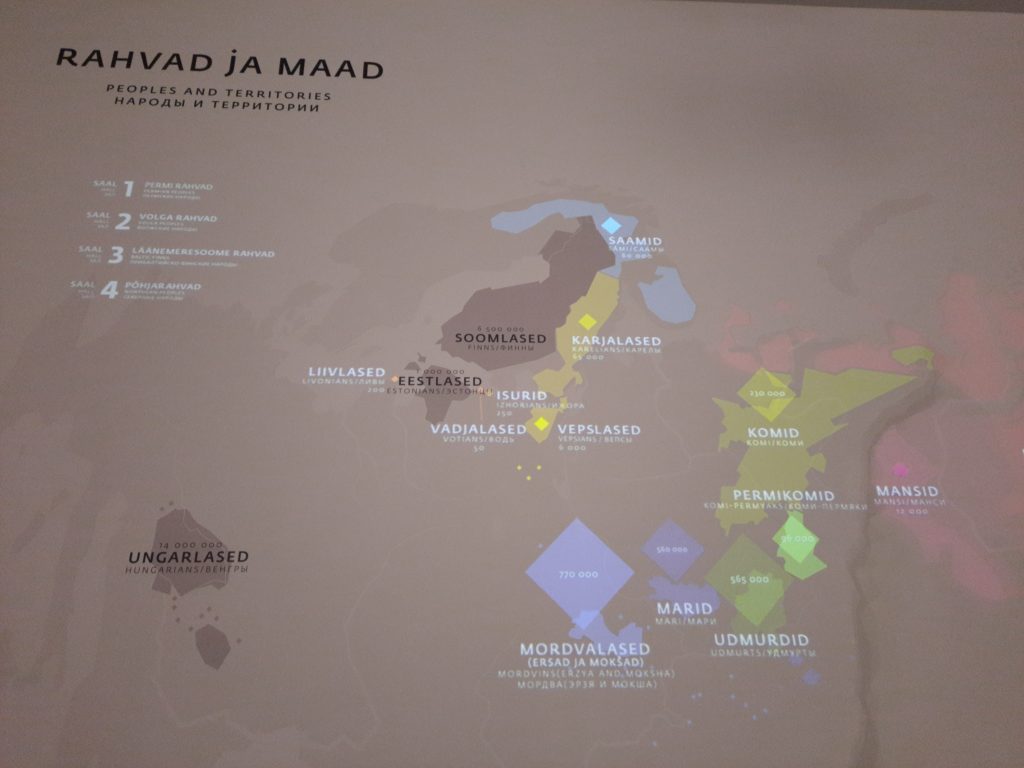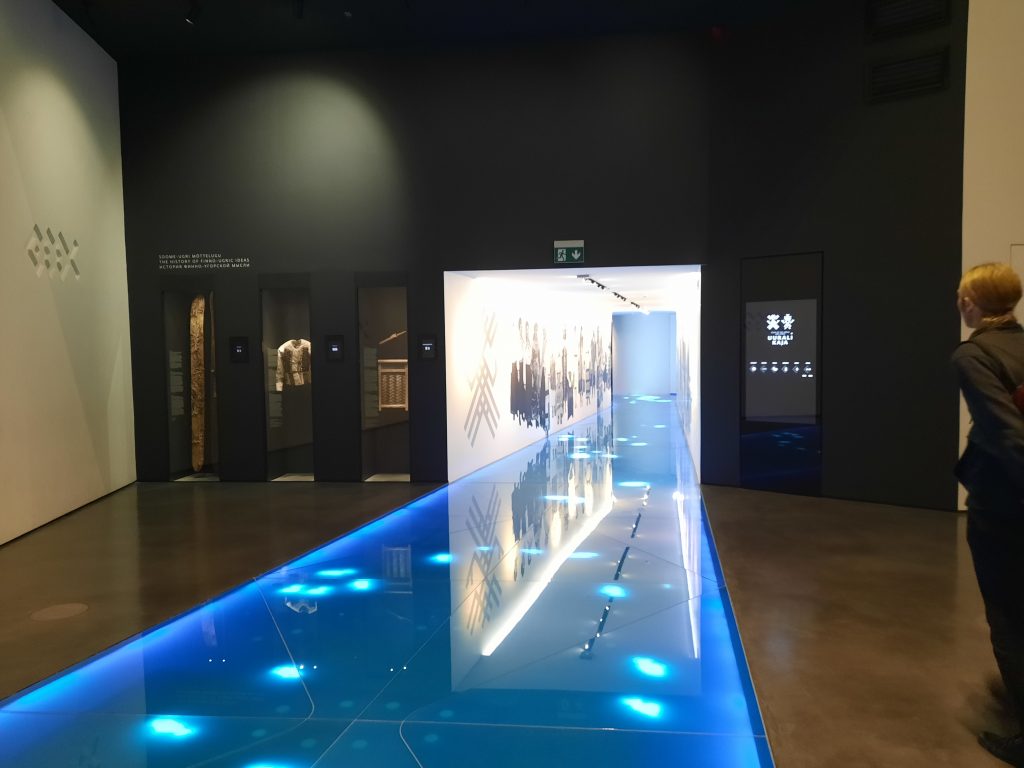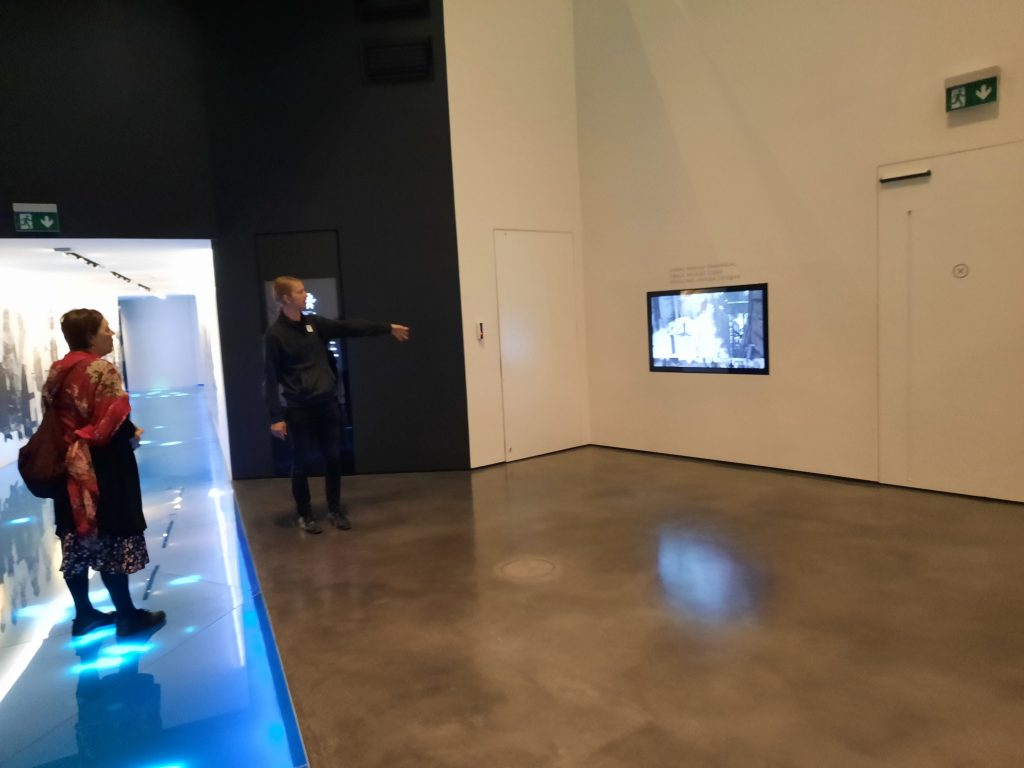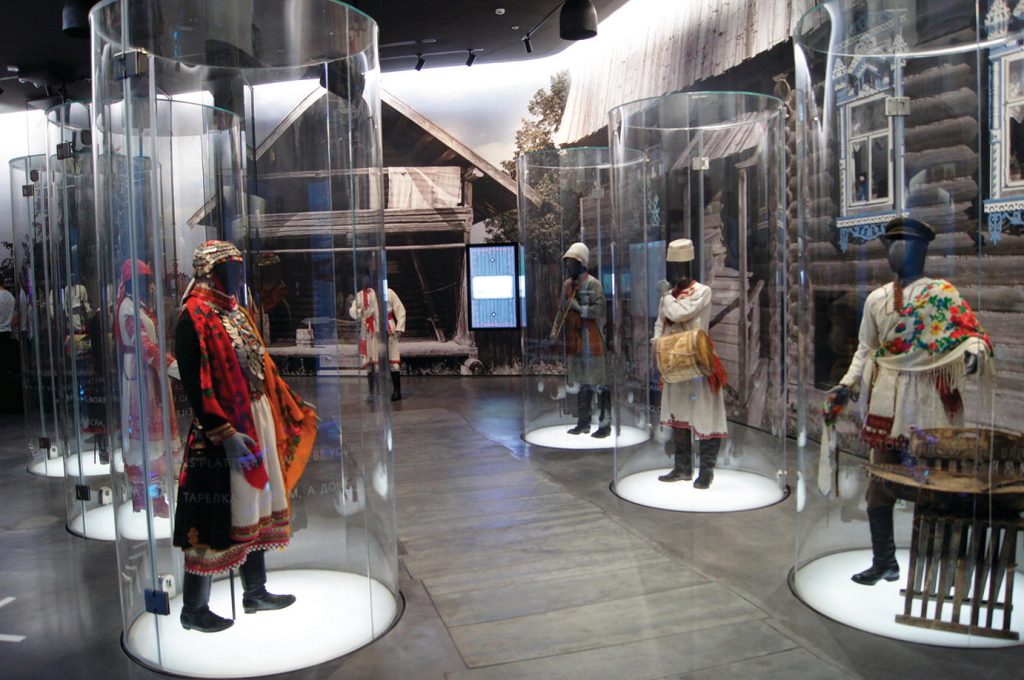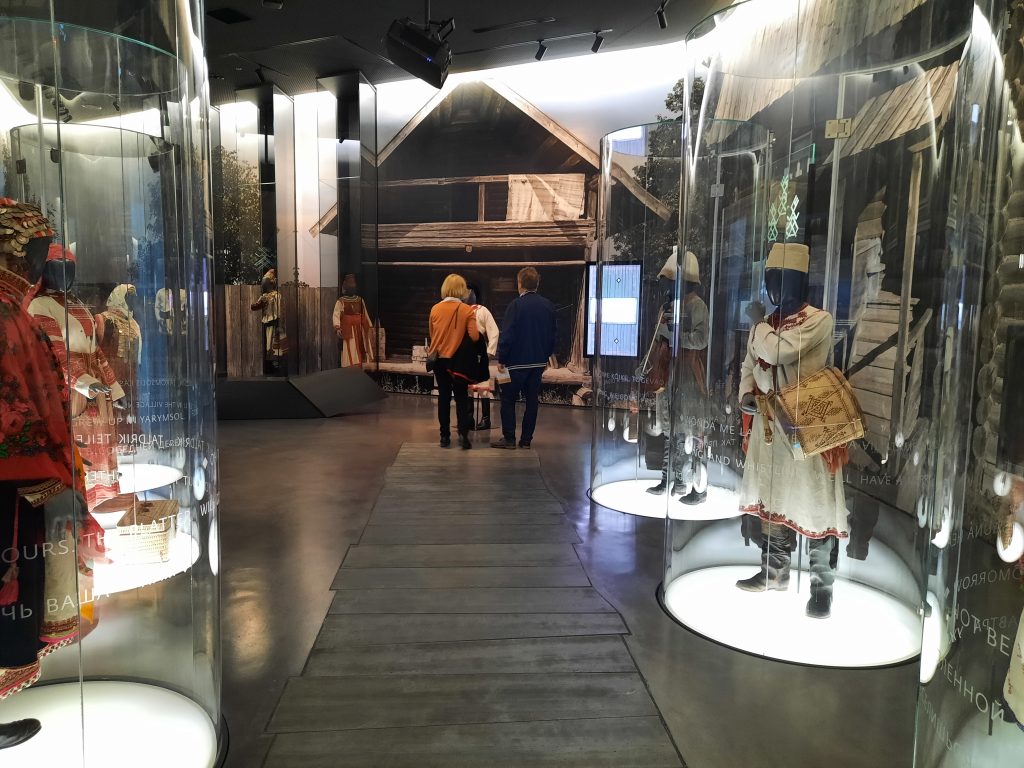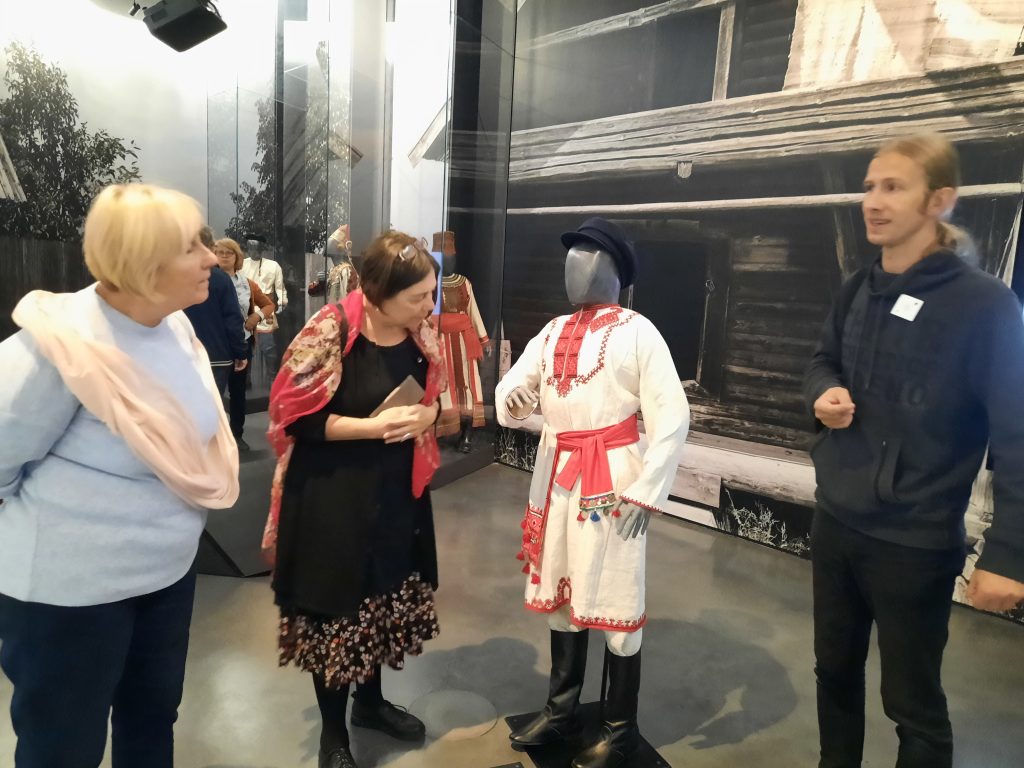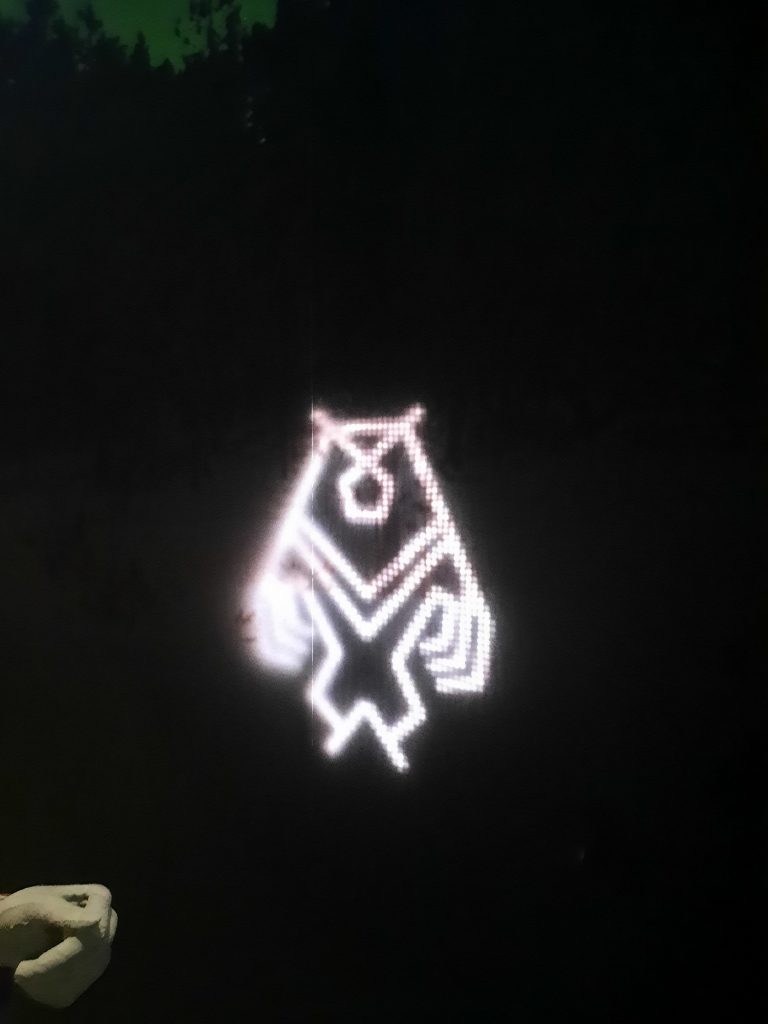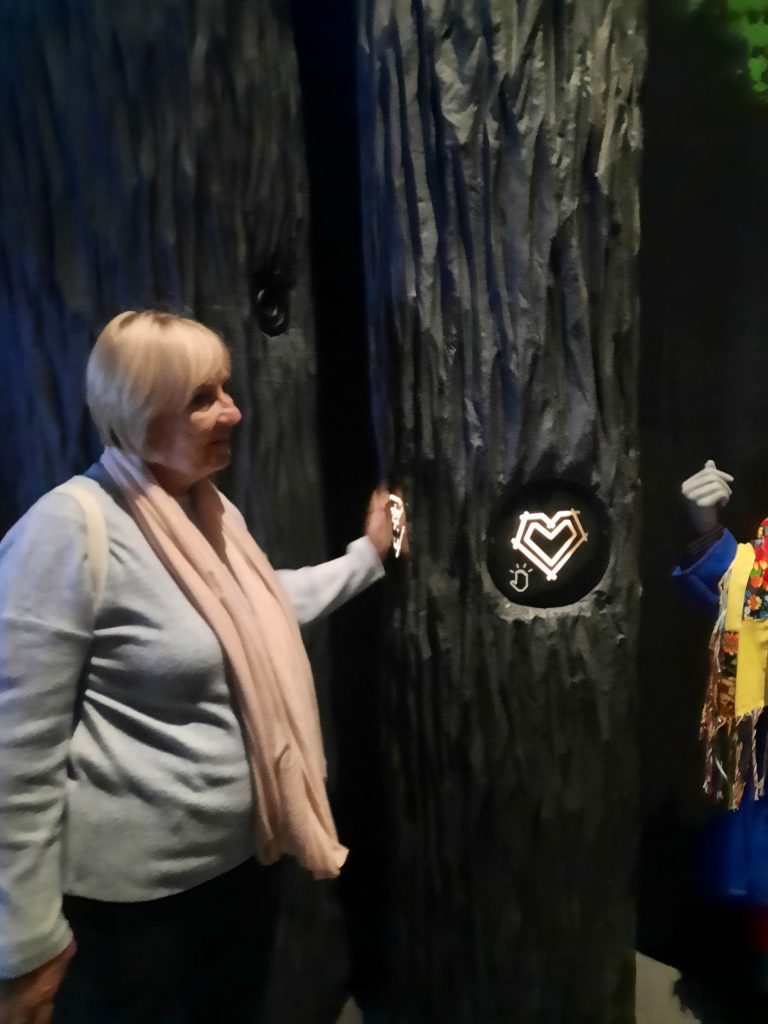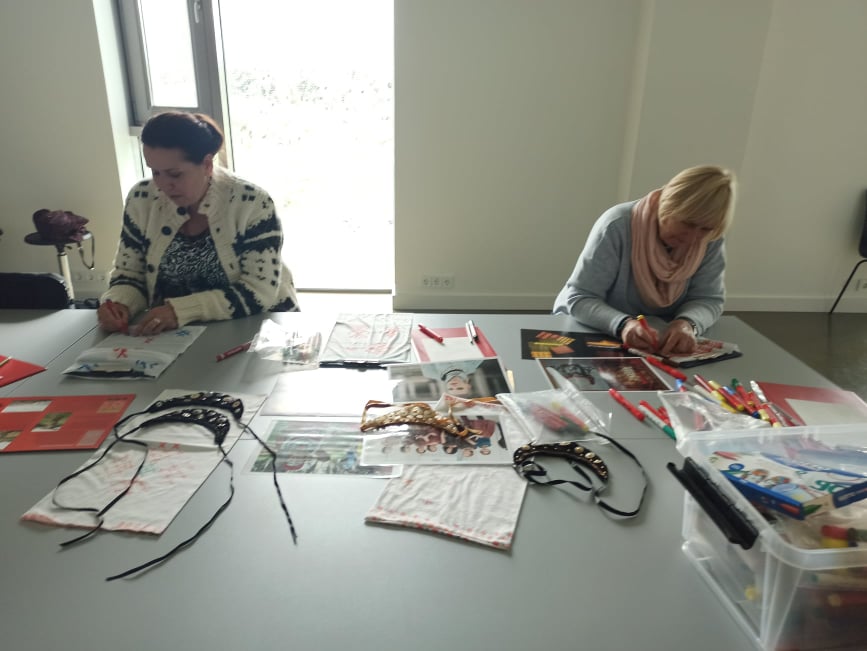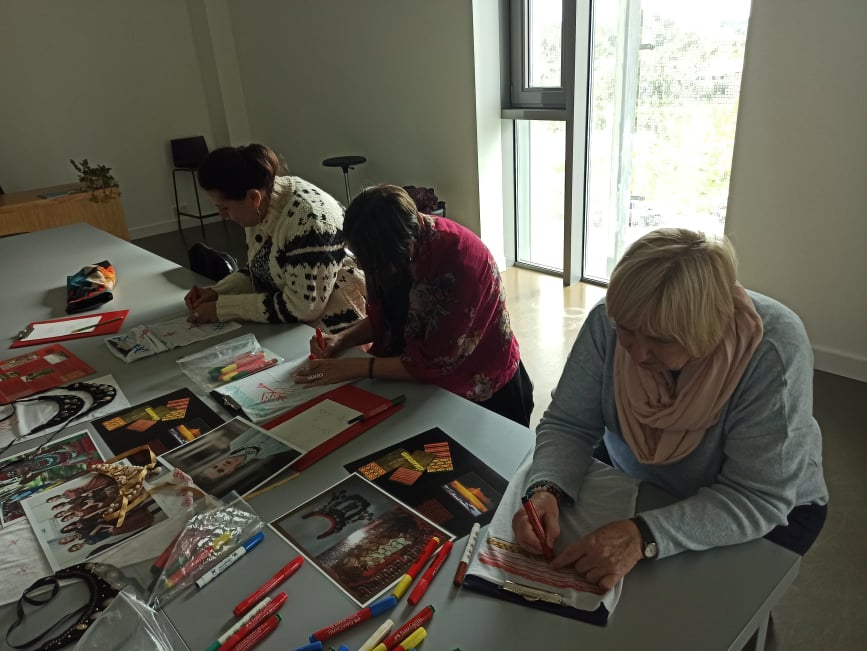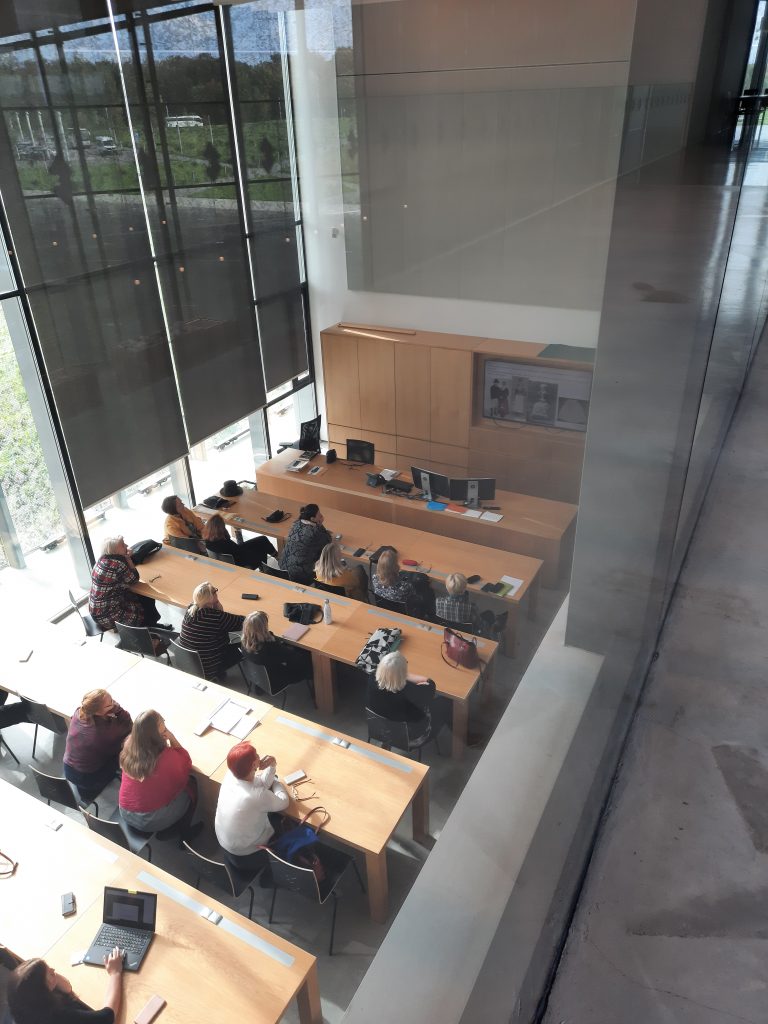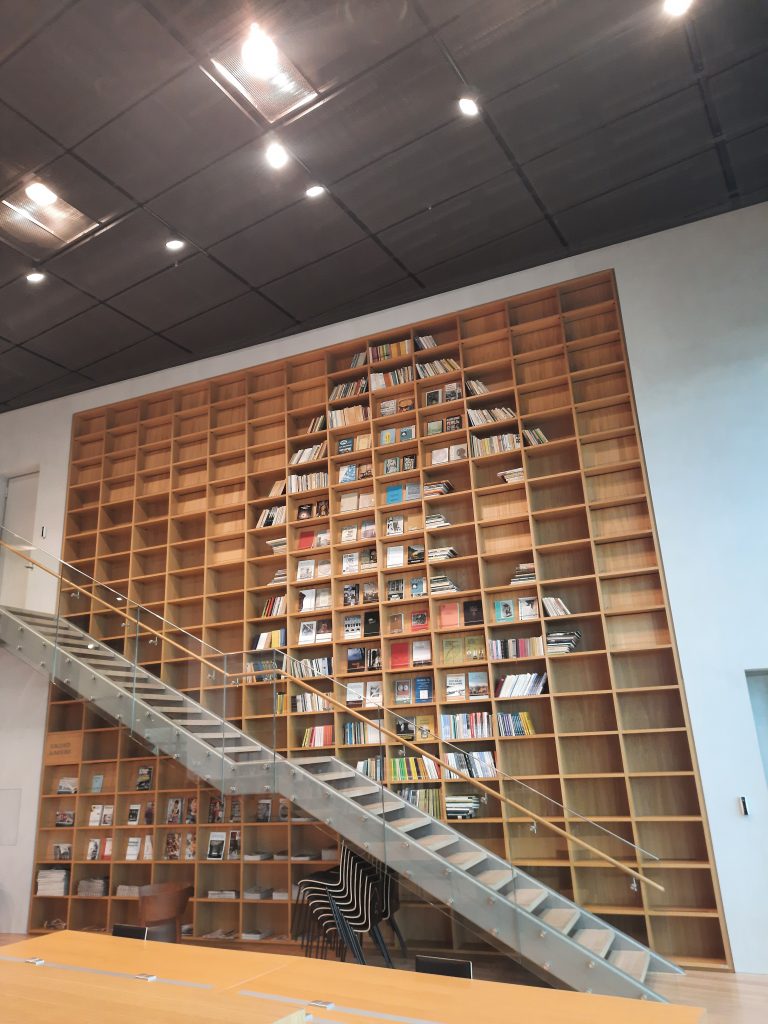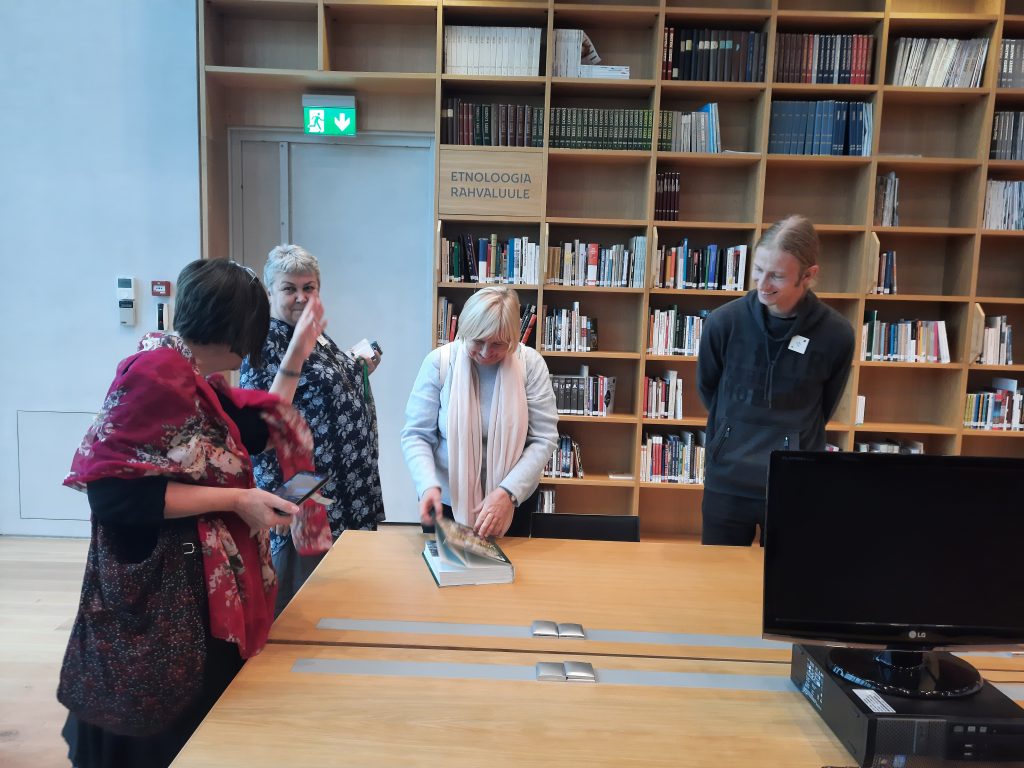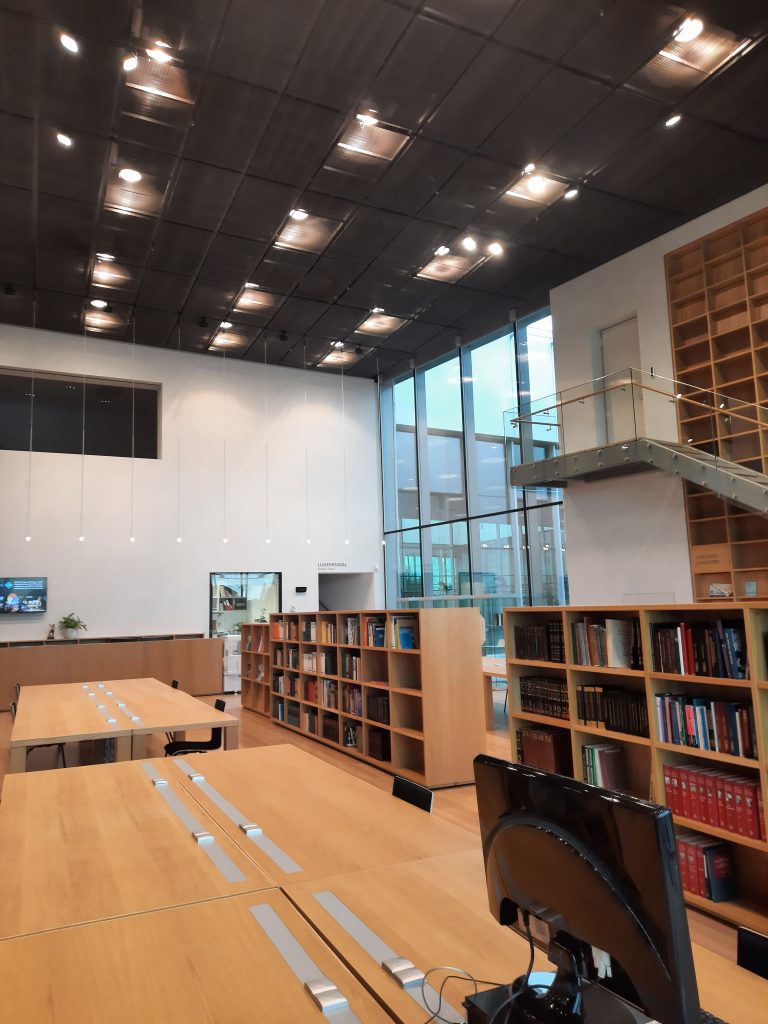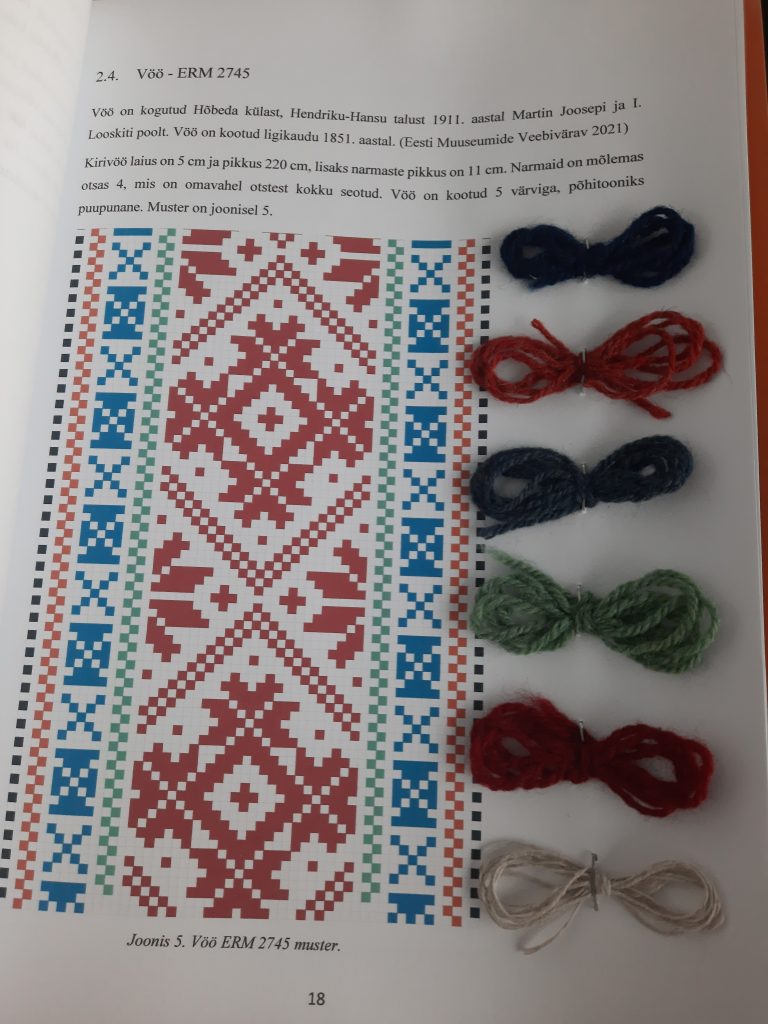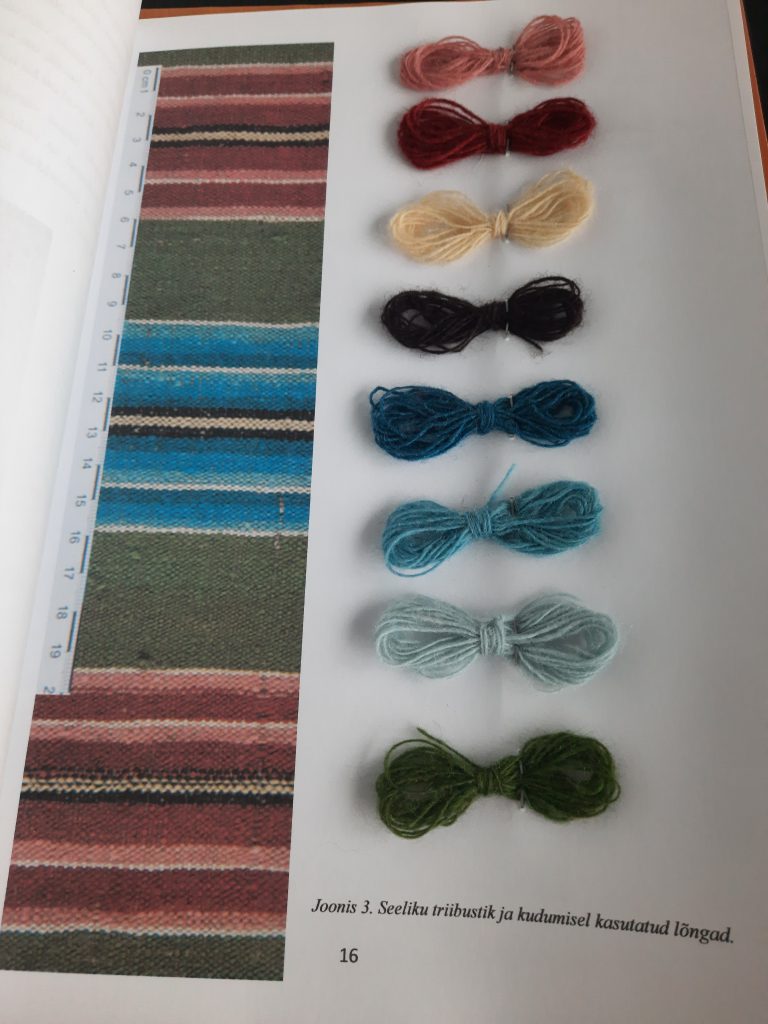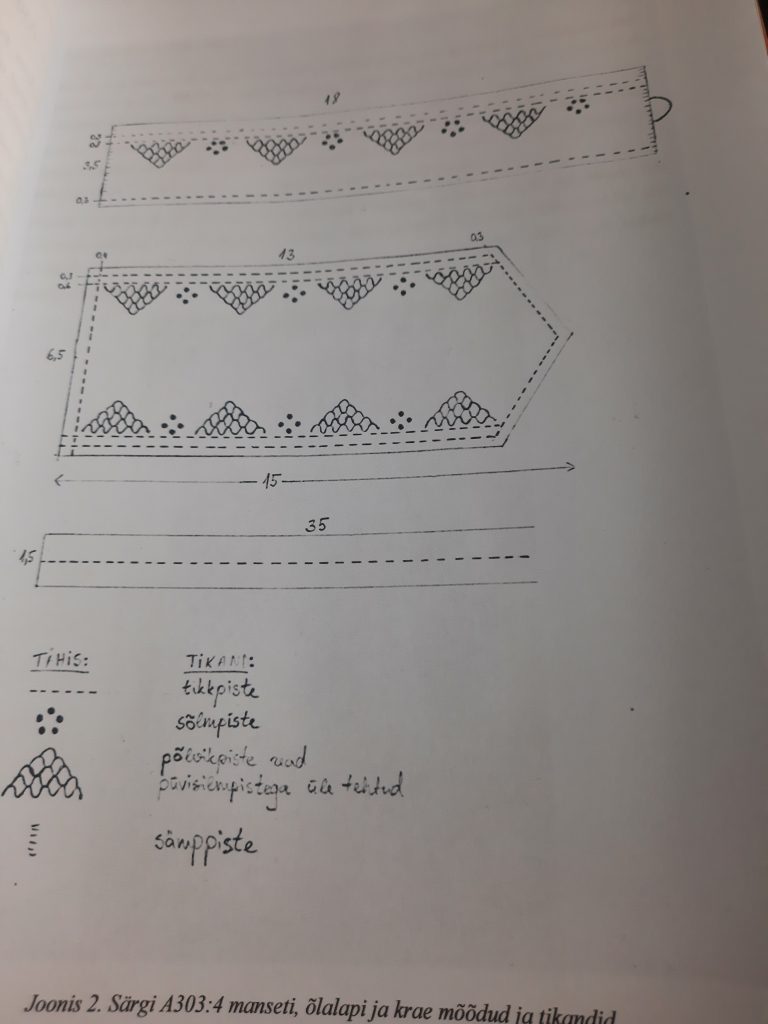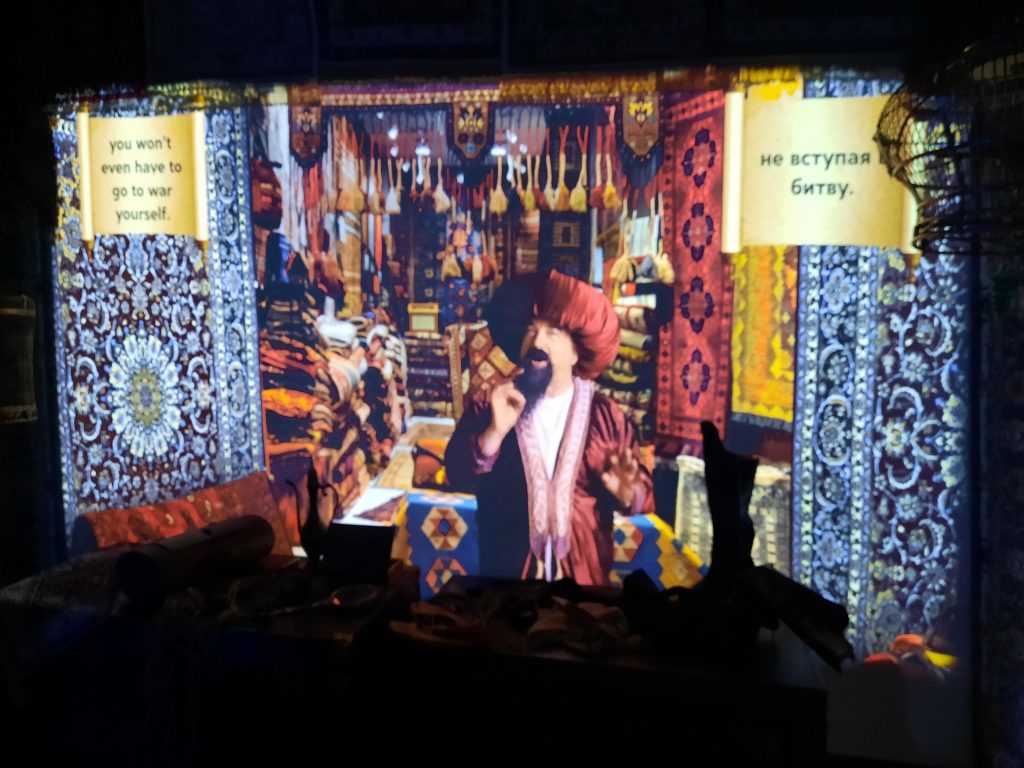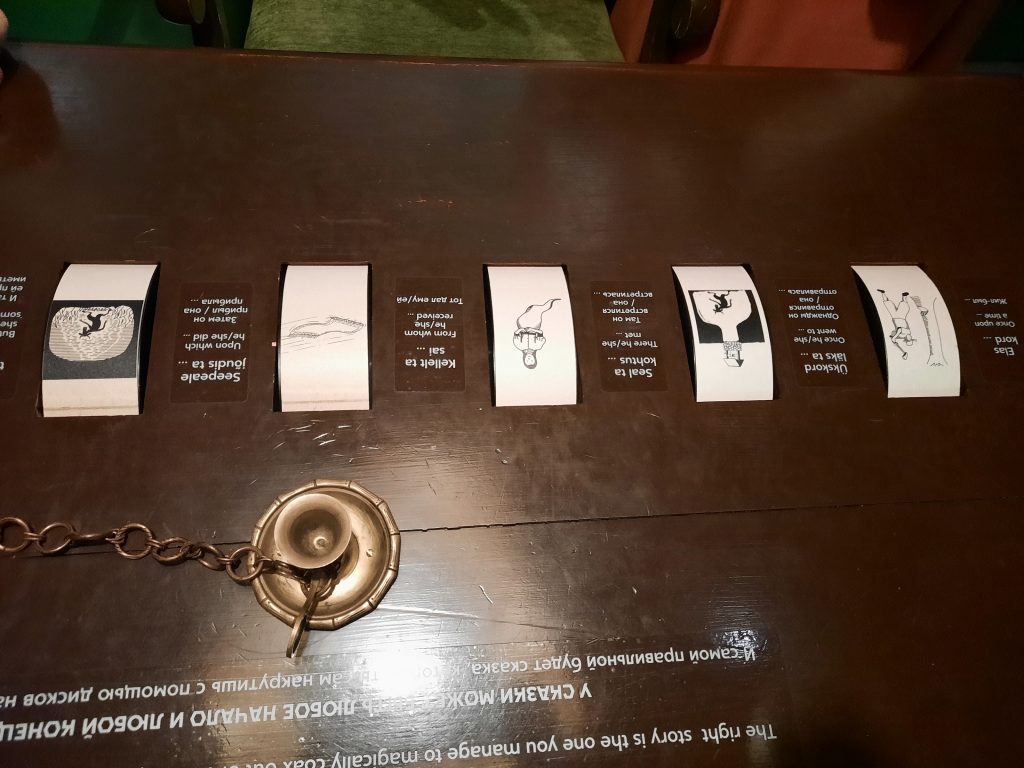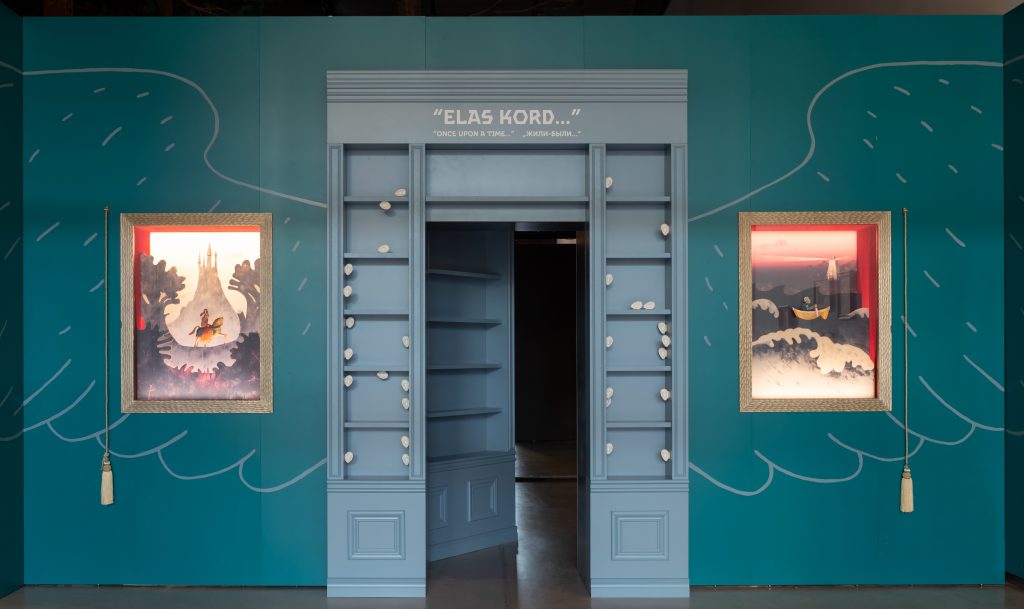Today we explored the “Echo of the Urals” and the “Once Upon a Time” exhibitions and the related program structure, attended a workshop, and learned about the projects of the Cultural Heritage Centre.
The Echo of the Urals is a highly popular permanent exhibition at the museum, offering insight into how the Finno-Ugric peoples might think as well as their culture, languages and genetic background. It briefly presents how the small Finno-Ugric ethnic groups live today. The exhibition addresses the stateless indigenous Finno-Ugric peoples who live in a vast area from Scandinavia and the northern part of Eurasia to the Baltic Sea, the Taymyr Peninsula, and the Yenisei River in Siberia. The main focus of the exhibition is the diversity of everyday activities, rituals and traditional art of Finno-Ugric women and men —10% of the museum’s Finno-Ugric collection is on display, some of it for the first time.
The topic of this highly popular exhibition is typically discussed in schools in October and November, and a large number of groups come to visit at this time of year. The Finno-Ugric Club meets every month to listen to presentations about the exhibition and about research. Estonian identity is very important to them and it is something that is often discussed—even though they see themselves as small people, they consider it important that they belong to the larger family of the Ob-Ugric languages.
We also had a workshop. In Estonia, small, stretchy, pullover scarves that take up little space and are at hand when you need them are popular. They come in all colors, and now we could create our own scarf using the motifs we saw at the permanent exhibition.
We arrived at the Folk Culture Education and Information Centre that focuses specifically on cultural heritage in its educational activities. The colleagues, who are themselves, curators, presented one of the most popular programs which will run for a total of 2 years. Over the course of these 2 years, everyone can design and create a traditional costume of their choice. (There are over a hundred options to choose from.) People in Estonia tremendously respect and love traditions and folk costumes. Many wish to attend community events and holidays wearing costumes that represent their heritage. Experts provide guidance to participants as they study the costume they chose, research and analyze resources, and try several tools and techniques. The exam piece is like a well-researched paper—it presents the project in detail from the colors to the motifs, techniques, and the completed costume. Everything can be created from headpieces to shoes.
They meet twice a month, theoretical issues are discussed at one of the sessions, and the other is about practical questions and consultation. Between the sessions, everyone works on their own at their own pace. There are no parallel courses. The next one starts when the 2 year period is over. Of course, there are shorter options, one-day courses, weekend courses, courses that take a few weeks, summer seminars, and workshops as well. Many people who are interested are foreign students or adults who live and work here temporarily. Prices range from EUR 20 to EUR 60, and participants can work with in-house and external experts, folk artists, craftspeople—there are approximately 30 workshops available, including carpentry, cooking, and jewelry. It is interesting that the sessions did not stop during the pandemic, but were moved to larger spaces that were regularly disinfected, where people wore masks, etc. Small projects are often supported by large-scale projects and vice versa. Many people like to come back and try something new.
Once upon a time…
As we entered an enchanted forest, our charming guide welcomed us in a costume because she had promised us the day before that next time she would be a fox. No doubt, it was a fox’s tail dangling at the back of the red costume. 🙂 The people who work here absolutely love this exhibition and are very sorry that it will be over soon. Wherever you look, you can see how the universal history of tales and special Estonian aspects are connected. Deeper layers of information are presented ingeniously, combining the fairy tale world with the objects in the museum’s collection. Starting from the general, the well-known characters and elements, it lays the emphasis on traditions. You can create your own story using the conventional characters, twists, and other elements of tales. In an imaginative part of the room, you can watch videos with the typical female and male characters of tales talking about their adventures and lives—which is sometimes demanding, but always has the promise of a happy ending. The realm of dark forces comes to life: you can touch the props of the exotic landscapes; you can meet animal characters who talk candidly about themselves and the schemes they can no longer break out of. You can find out if you are already fat enough for the evil witch to find you ready to eat if you know various spells, and we could go on and on. This exhibition attracts a lot of visitors—elderly people, families, children, and adult groups alike.
The final two elements are truly thought-provoking. There is a question on the wall: what is happiness? The answers and drawings placed on the wall will be collected by the curators when the exhibition is closed to create the book of happiness. Another really imaginative part pokes fun at our times as it presents the heroes of our age: the shoes that walked around the Earth until the owner found love in India and settled there, celebrities, the jackpot winner in his 80s. It is a mirror for everyone to see, but you will probably not ask “who is the fairest one of all?” But you will not go home empty-handed. Before you leave, you can take a personal good luck card which will give you advice and warnings about the future.
A short video was shot about the construction and main thematic units—it promotes the exhibition, which, the creator’s hope, will open again at other locations in the future. We could not help but feel a little sad as we said goodbye to return to our home in a land far, far away…
